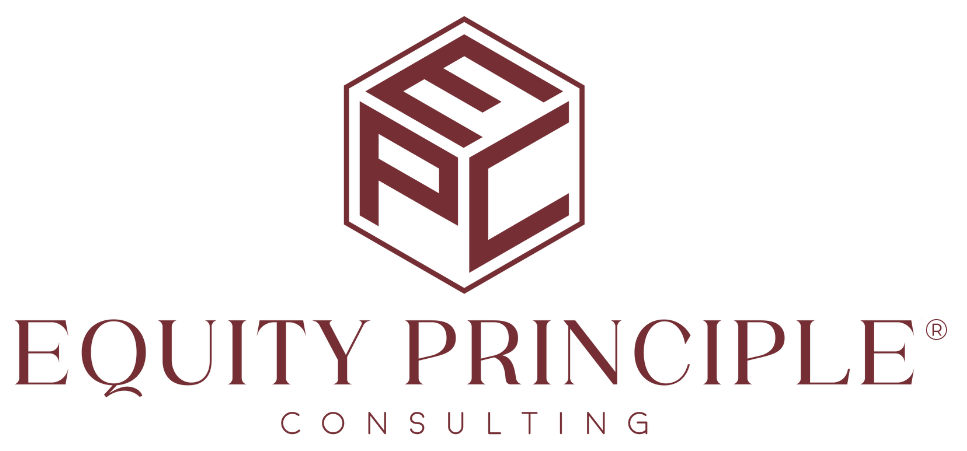AI is Not Neutral: How Flawed Technology Can Be Transformed for Good
When people think about AI-powered technology, they often compare it to a tool like money—a neutral resource that can be used for good or evil, depending on who wields it. But there’s a fundamental difference: while money does not inherently possess any values or biases, AI-powered tools are designed by humans and trained on data that reflects the worldviews of their creators. This distinction is critical because AI, unlike money, carries within it the potential for both harm and benefit, shaped by the intentions and limitations of those who develop it.
The Myth of Neutrality in AI
The idea that AI is neutral stems from misunderstanding how these tools are built. AI systems do not emerge in a vacuum; they are created by humans—flawed, biased, and imperfect humans. While we might aspire to create systems that make objective decisions, the reality is that AI is deeply influenced by the data it is trained on, which is often far from neutral.
Many AI tools rely on datasets reflecting a narrow, homogeneous worldview. These datasets are frequently incomplete, biased, or overrepresentative of dominant groups. As a result, AI models can reflect the implicit biases and blind spots present in that data, perpetuating systemic inequalities. Unlike money, AI is not a blank slate—it is inherently shaped by the human hands that craft it and the data it consumes.
AI’s Potential for Harm and the Need for Accountability
We’ve seen the potential harm of AI-powered tools in many sectors: biased hiring algorithms that favor certain demographic groups, facial recognition systems that struggle to accurately identify people with darker skin tones, and predictive policing tools that disproportionately target marginalized communities. These outcomes are not coincidental. They are the direct result of AI systems built on flawed foundations.
Without intentional design and ongoing accountability, AI-powered technology can reinforce existing inequalities and amplify harm. This is why it is crucial to challenge the notion that AI is neutral. Companies, developers, and users must recognize the profound responsibility that comes with creating and deploying AI systems.
Reimagining AI for Good: Transformative Possibilities
Despite these challenges, AI also has enormous potential to drive positive change when designed with equity, fairness, and inclusivity in mind. To transform AI-powered tools from sources of bias into forces for good, we must take deliberate steps to counteract the flaws in their development.
- Diversifying Data: One of the most effective ways to improve AI systems is by diversifying the datasets they are trained on. Inclusive data representing a wide range of demographics, geographies, and experiences will help reduce bias and create AI models that better reflect the diverse world in which they operate. For example, health tech companies can use inclusive datasets to ensure that medical AI tools are effective across different populations rather than primarily benefiting a narrow group.
- Embedding Ethical Guidelines in AI Development: AI development should be guided by a robust set of ethical principles prioritizing fairness, transparency, and accountability. This means developers need to interrogate the data they use, assess the impact of their models on different groups, and continually monitor their systems for unintended biases. By embedding these guidelines from the start, AI tools can be designed to actively mitigate harm rather than unintentionally causing it.
- Creating Accountability Mechanisms: Transparency and accountability must be baked into the entire lifecycle of AI development. This involves regular audits of AI systems to assess their performance, who they are affecting, and whether they are reinforcing or mitigating bias. Establishing clear mechanisms for accountability ensures that AI systems are held to a high standard of fairness and equity.
- Collaborating with Diverse Stakeholders: AI tools must be developed with diverse teams of experts, including ethicists, sociologists, and representatives from marginalized communities. This multidisciplinary approach helps ensure that AI systems are built with a deeper understanding of social context, power dynamics, and the potential for harm. By involving a broader range of voices in the development process, AI can be better aligned with the needs of all users—not just the dominant group.
The Path Forward
AI is not neutral, but it doesn’t have to be inherently harmful, either. With the right intentions, frameworks, and accountability measures, AI-powered technology can be a transformative force for good. It can be harnessed to break down barriers, level the playing field, and drive equity and inclusion across industries.
To do this, we need to move beyond the false notion of neutrality and acknowledge the complexity of AI as a human-driven tool. By embracing this complexity and working intentionally to create systems that are equitable and just, we can unlock AI’s true potential to improve lives and shape a fairer future.
The question is not whether AI is neutral; it’s about how we will choose to use and transform it. The power lies in our hands, and it’s up to us to ensure that AI becomes a tool for good.

